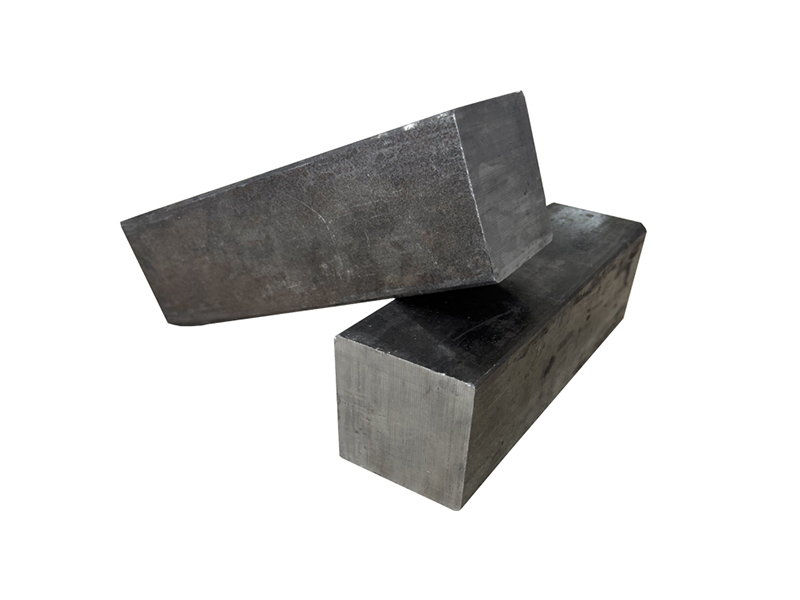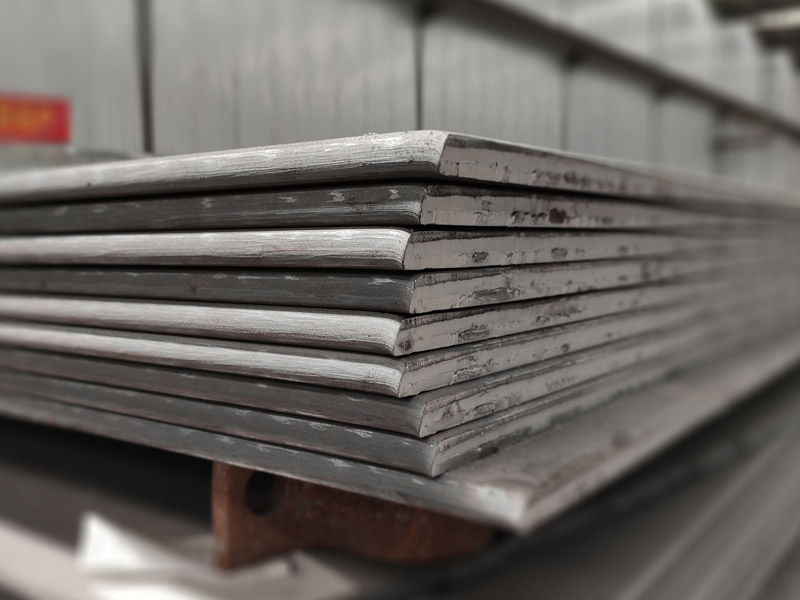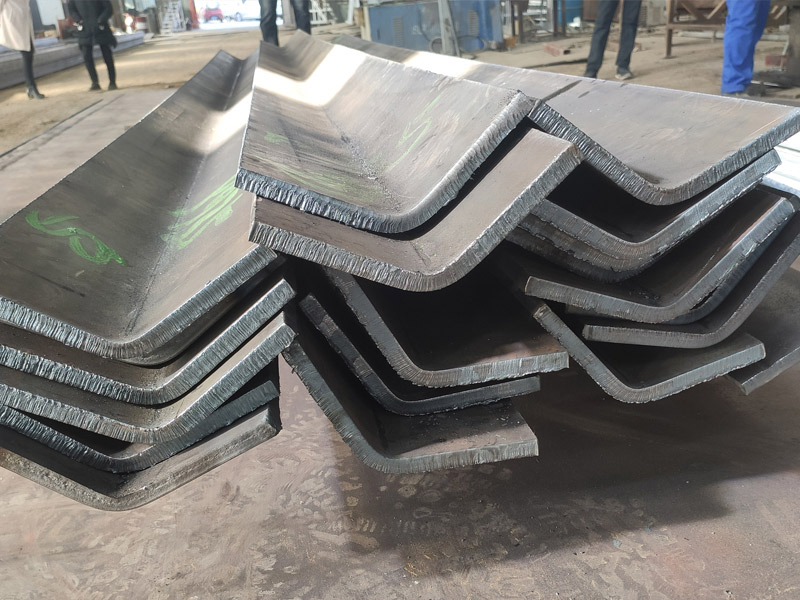Steel plate cutting is a critical process in manufacturing, construction, and fabrication industries, where precision and adherence to technical drawings are paramount. This guide outlines the key considerations and steps involved in cutting steel plates according to custom drawings, ensuring accuracy, efficiency, and safety.
Understanding Technical Drawings
Technical drawings serve as the blueprint for steel plate cutting. These drawings, typically provided in formats like CAD (Computer-Aided Design) files, specify dimensions, tolerances, material grades, and cut patterns. Before cutting begins, it’s essential to review the drawings thoroughly. Check for details such as plate thickness, material type (e.g., mild steel, stainless steel, or high-strength steel), and any specific instructions for edge finishes or hole placements. Ensure the drawing is clear and free of discrepancies. If ambiguities exist, consult with the client or designer to clarify requirements.
Material Selection and Preparation
The steel plate must match the specifications in the drawings, including grade (e.g., ASTM A36, AISI 304) and thickness. Inspect the plate for defects like rust, warping, or surface irregularities that could affect cutting quality. Clean the surface to remove debris, oil, or coatings, as these can interfere with cutting tools or processes. Mark the plate with reference points or outlines based on the drawing, using tools like chalk, laser markers, or templates to ensure accuracy.
Choosing the Right Cutting Method
Several cutting methods are available, each suited to specific plate thicknesses, material types, and precision requirements. Common methods include:
Plasma Cutting: Ideal for thick plates (up to 50mm), offering high speed and versatility for complex shapes.
Laser Cutting: Provides high precision for intricate designs and thinner plates (up to 25mm), with clean edges.
Oxy-Fuel Cutting: Suitable for thicker plates (over 50mm) but slower and less precise than laser or plasma.
Waterjet Cutting: Uses high-pressure water mixed with abrasives, perfect for heat-sensitive materials and precise cuts. Select the method based on the drawing’s tolerances, material properties, and budget constraints. For example, laser cutting is preferred for tight tolerances, while oxy-fuel is cost-effective for thicker plates.
Setting Up the Cutting Process
Once the method is chosen, set up the equipment. For CNC-controlled systems (common in plasma and laser cutting), upload the CAD file to the machine’s software. Verify the cutting path and parameters, such as speed, power, and gas type, to match the material and thickness. Calibrate the machine to ensure alignment with the marked reference points. For manual cutting, skilled operators must follow the drawing’s dimensions precisely, using guides or jigs to maintain accuracy.
Execution and Quality Control
During cutting, monitor the process to ensure consistency. Maintain steady speeds and appropriate settings to avoid defects like burrs or heat-affected zones. After cutting, inspect the parts against the drawing’s specifications using tools like calipers, micrometers, or CMM (Coordinate Measuring Machine) for dimensional accuracy. Check edge quality and ensure any required holes or features align with the design. If post-processing (e.g., grinding or deburring) is specified, complete it promptly.




